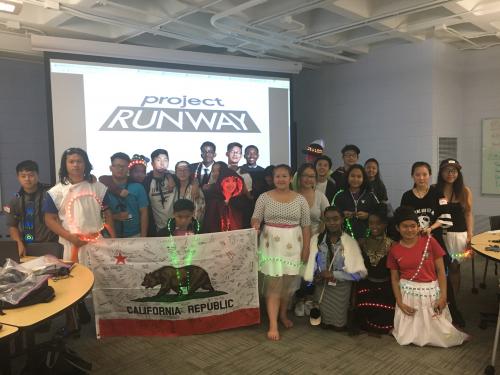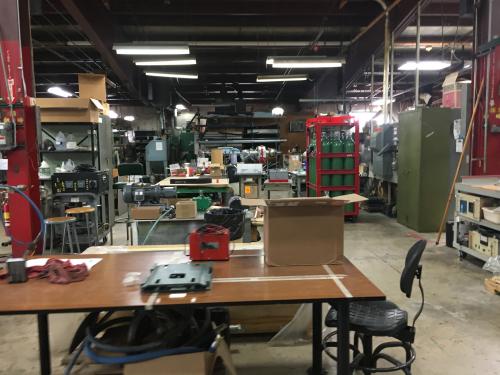Cheese curds. Bratwurst. Sauerkraut. Besides having the opportunity to meet some of the IceCube team for the first time, these were some of the other firsts I was able to experience during my time in Wisconsin.
I arrived Sunday at the Minneapolis airport and was greeted by Eric Muhs, Steve Stevenoski, and Kate Miller who are all former Upward Bound teachers and have each participated in Antarctic research. We then met up with India Carlson, a colleague of Eric’s and she shared with us her experience with and passion for sewing. This would be coming in handy for the upcoming weeks.
Through the Upward Bound program at the University of Wisconsin River Falls, I had the opportunity to work with first generation college bound students to design their own clothing with computer programmed LEDs. This was a beautiful marriage of science, engineering, and art. The students first learned how to sew, and for most it was their first time. Then students learned the art of computer programming and put these skills together to design how they would embed their LEDs in the clothing and what sensors they would include so their lights would interact with the environment. The students were able to create everything from a hat with lights that changed when it was tipped forward, to a dress that dimmed lights to the beat of the music. The week culminated in an inspiring fashion show where students exhibited their work to friends and family.

Jim Madsen was also able to introduce me to some of the IceCube research team down in Madison, WI. Mike DuVernois will be the lead on ice during my time at the pole and he took us on a quick tour of the Physical Science Laboratory and explained the process for scintillator deployment that will be occurring this December. The final phases of testing and packing the devices and equipment will happen over the next few months before they are sent down to the pole for construction.

With each passing week, I am becoming more excited for the upcoming deployment. Meeting some of the research team has made me feel even more connected to this project and I am beyond excited to work with them more in the upcoming months!


Comments